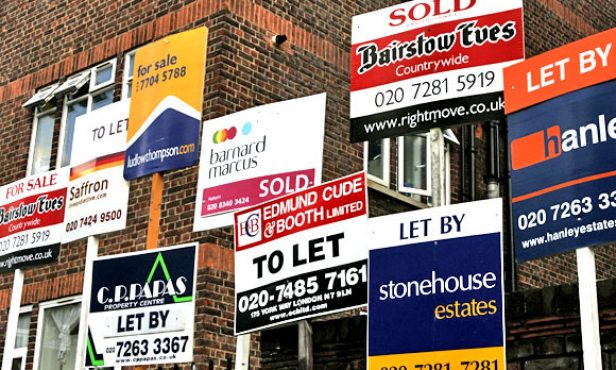Capital Gains Tax & Buy-to-Let - What You Need to Know

We spoke to Danny Cox, Chartered Financial Planner at Hargreaves Lansdown, the UK’s number one ‘investment supermarket’ for private investors, to find out more about Capital Gains Tax on Buy-to-Let properties and clever ways to reduce your tax liability.
Do landlords have to pay Capital Gains Tax (CGT) on buy-to-let (BTL) properties if they sell?
CGT is normally charged on profits after allowable deductions, if in any one tax year they exceed the annual capital gains tax allowance – currently £11,100. CGT is paid at 20% or 28% depending on other taxable income and gains in that tax year. For most people, when income and gains total less than the higher rate tax threshold (£43,000 for 2016/17) the CGT rate is 20%. Over that level it is taxed at 28%. This compares to CGT on shares, which is taxed at 10% and 20%.
How are the CGT changes announced in March 2016 going to affect landlords?
The rate of CGT has been cut for shares, but remains at 18%-28% for residential investment property.
Do you envisage more landlords will sell their properties as a result of the tax changes?
I don’t think it will alter the situation for those who already own BTL. The tax rate hasn’t changed so it shouldn’t affect the numbers selling their investments. It might put some off from buying more properties though.
How will this affect the property market, and more importantly the rental market?
The combination of less tax relief for higher rate taxpayers on mortgage interest, plus comparatively higher CGT are both headwinds for the property and rental markets. However, while unemployment remains low and supply remains tight, other factors could have a greater influence
Can you give a typical example of GCT a landlord may pay if he bought a property for £200,000 and sold it 10 years later for £500,000?
You would pay tax on a profit of £300,000, after you’d deducted the personal annual allowance of £11,100. Tax payable will depend on other taxable income. But if you had no other income to declare you would pay around £77,692 on a profit of £300,000.
Give us five legitimate ways to reduce your CGT liability.
- Double your CGT allowance by transferring a property into joint ownership with your spouse or civil partner.
- Sell your property when you have less taxable income, i.e. at retirement. This might mean more gain taxed at 18% rather than the higher rate of 28%.
- Transfer the property to your spouse before cashing in if their taxable income is lower than yours.
- Hold on to the property until death. There is no CGT on death since Inheritance Tax (IHT) is paid in its place. However, if you pass your property to your spouse there will be no IHT either.
- Offset the right capital expenditure from your gain. This can include sale fees but not home maintenance.
What about Private Letting Relief and Principal Private Residence Relief? Does this apply for BTL?
This doesn’t normally apply, unless you have rented part of your main home. The rules are complex and it’s often best to engage a tax adviser in these cases. In principle, if you have rented 20% of your main home, then 20% of your profit upon sale might be subject to CGT. A stand-alone BTL will not qualify.
Do you think the changes are unfair to landlords who may own multiple properties?
The tax changes have been designed to slow down the growth of the amateur landlord, the person with the odd BTL. These are the people who are competing directly with first time buyers. The best way to solve the unaffordability of property is to increase the supply in the right areas, although that is not a quick fix solution. BTL is one of the least tax efficient investments and this position has now been made even worse.
BTL is taxed as follows:
Income Tax on the income up to 45% - difficult to mitigate
Capital Gains Tax on the profits up to 28% - very difficult to mitigate
Inheritance Tax on the value passing down generations up to 40%
You can offset some costs and expenditures against income/gains, but they are costs and expenditures, not free money
Compare this to an ISA:
Income Tax – nil
Capital Gains Tax – nil
Inheritance Tax – up to 40% unless invested in certain AIM shares, in which case nil
How do you see the future of the BTL market based on these CGT tax changes?
I don’t think there will be significant change. However in combination with the reduction of income tax relief and higher stamp duty, I believe we will start to see fewer people venturing into BTL.
Danny Cox holds the Chartered Financial Planner status, making him one of the most qualified financial advisers in the UK. He is Head of Communications and a Chartered Financial Planner at Hargreaves Lansdown.
For more information about financial planning and Hargreaves Lansdown, visit the website here.
